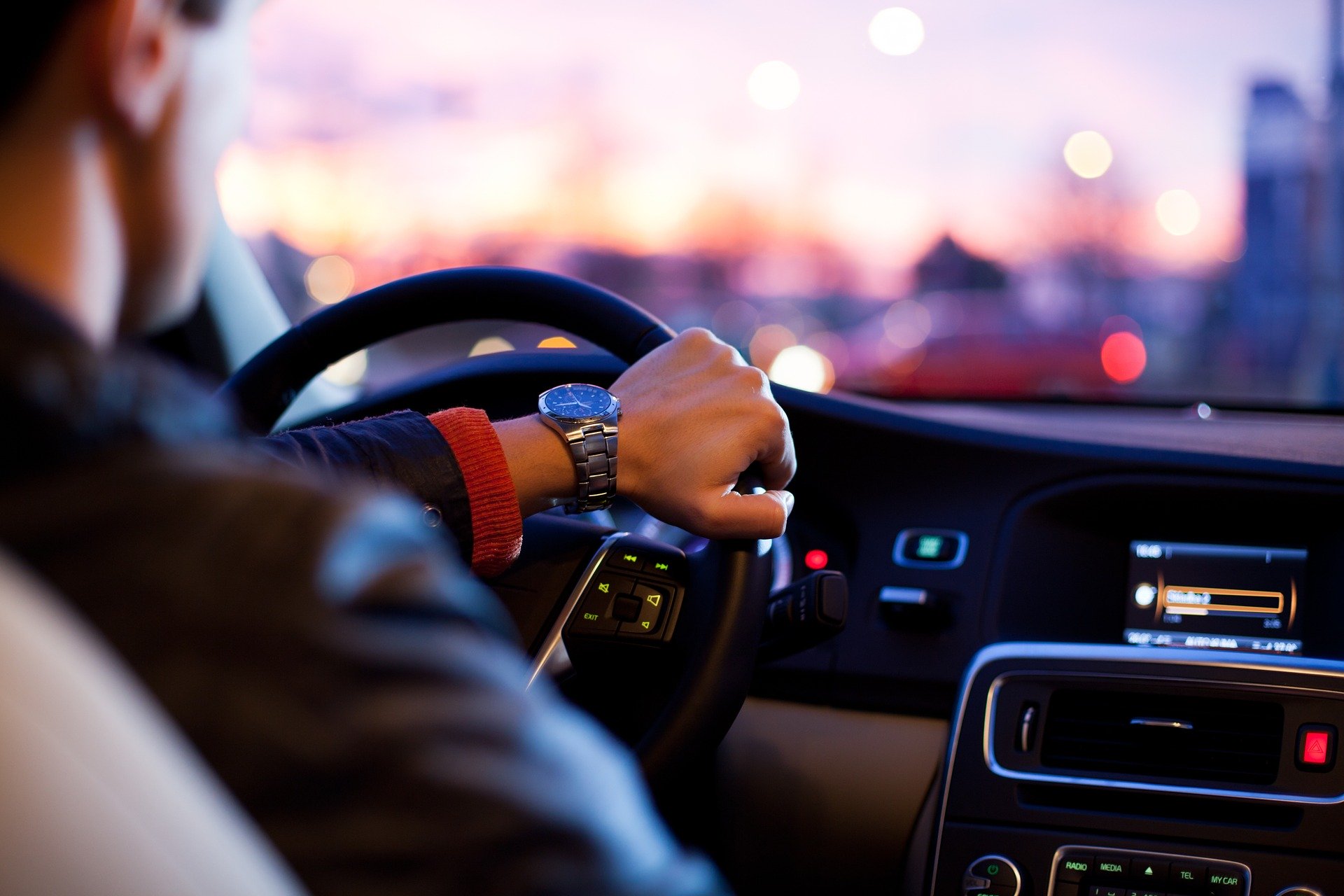The Rise of Uber and Lyft Accidents
Contrary to popular belief, in the years before Uber and Lyft started to appear on the scene in cities all across the United States, deadly car accidents were at record lows. By 2010, just before the ride-hailing services started to expand throughout the nation and take over, the total amount of traffic fatalities had settled down at 32,885 nationwide- the lowest number since 1949, according to data released by the government. However, once Uber and Lyft started to expand aggressively, these fatal accidents have started to be on the rise yet again.
Researchers John Barrios from the University of Chicago along with Yael Hochberg and Livia Hayi Yi of Rice University note in a draft of their study that “The arrival of ridesharing is associated with an increase of 2-3% in the amount of motor vehicle fatalities and fatal accidents.” These researchers examined the effect of ride-hailing on traffic safety by taking official statistics from the National Highway Traffic Safety Administration and compared them with the dates that Uber or Lyft began to operate in a specific location. The authors then analyzes the accident rates in those cities per vehicle miles traveled (VMT). Unsurprisingly, VMT increased dramatically once Uber launched in San Francisco in 2010, which was quickly followed by other competitors, due to the miles drivers travel between the end of one fare and picking up another passenger.
A study found this year that in New York, drivers travel an average of 2.8 miles in between fares. With the staggered introduction of ridesharing across U.S. cities, the researchers were able to illustrate how its introduction in a metropolitan area can lead to an economically meaningful increase in overall motor vehicle fatalities. This increase remains consistent with acknowledged macro trends in motor vehicle accidents. Of course, this study is also concerned with toal vehicle traffic within a given city and time, so it is also possible that the accidents are not necessarily related to any ride-hailing driver. The researchers note in the study that it “may be too soon to tell whether the effect we document is a short-term adjustment or a longer-term pattern.”
Both Uber and Lyft have pushed back against the findings of the study, and each company have called the study’s results “deeply flawed.” An Uber spokesperson interviewed by Business Insider states that “Uber has contributed to safety in many ways and we take our responsibility to help keep people safe seriously.” Even though these findings have been disputed by ride-hailing giants, will still contribute to a growing list of research surrounding ridesharing and the entire gig economy. It could also function as a spark for those pushing for further caps on ridesharing. However, it’s important to continue research in order to have a more thorough understanding of the issue so that we can continue to improve on public health and safety, as ridesharing becomes ever more popular. If you were involved in a car accident, it’s important to seek legal counsel. Call Madalon Law for your car accident attorney consultation today.








